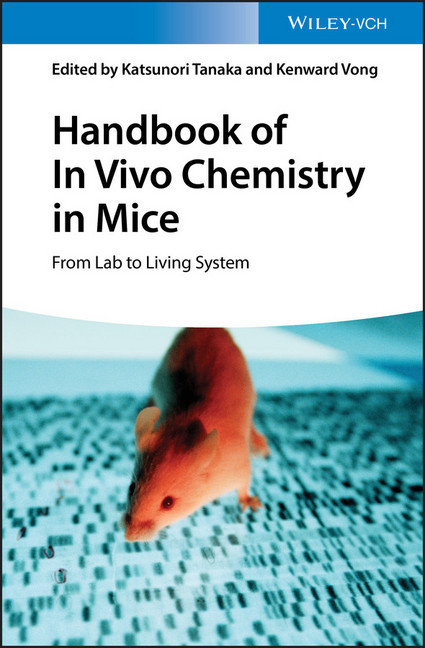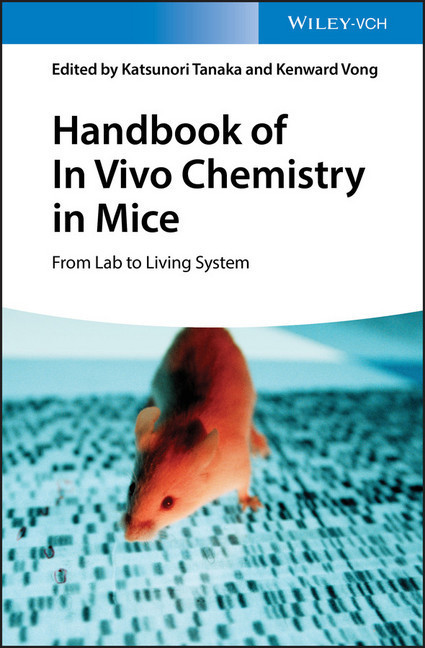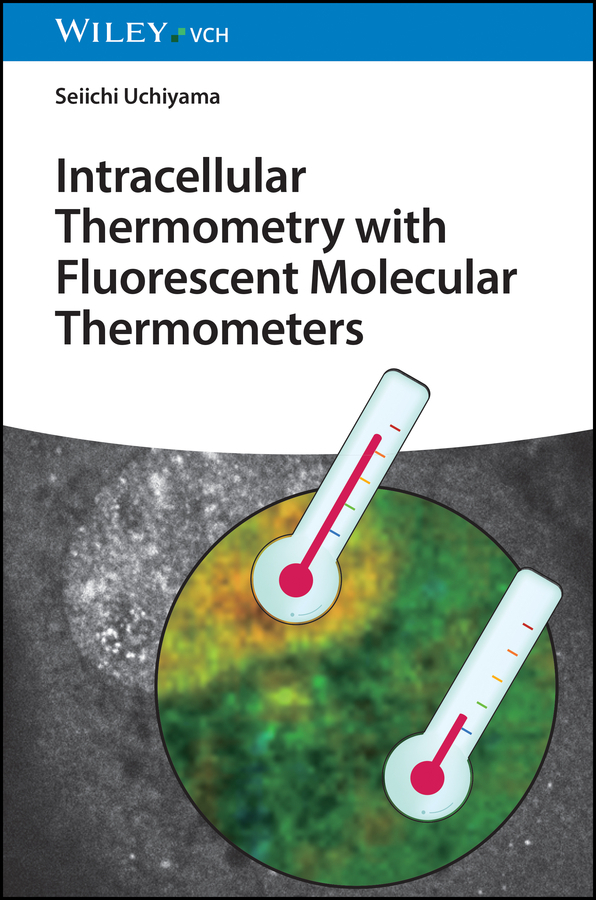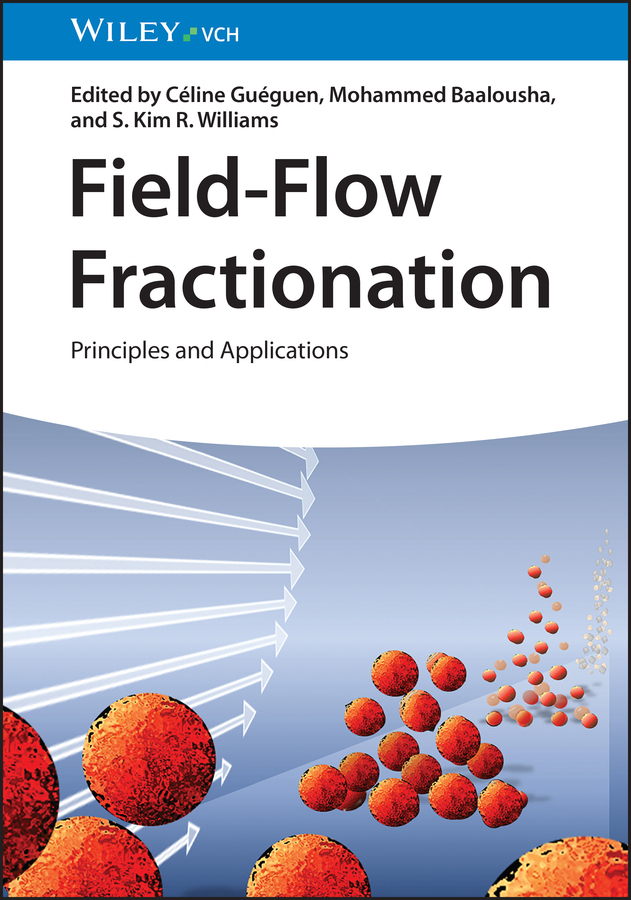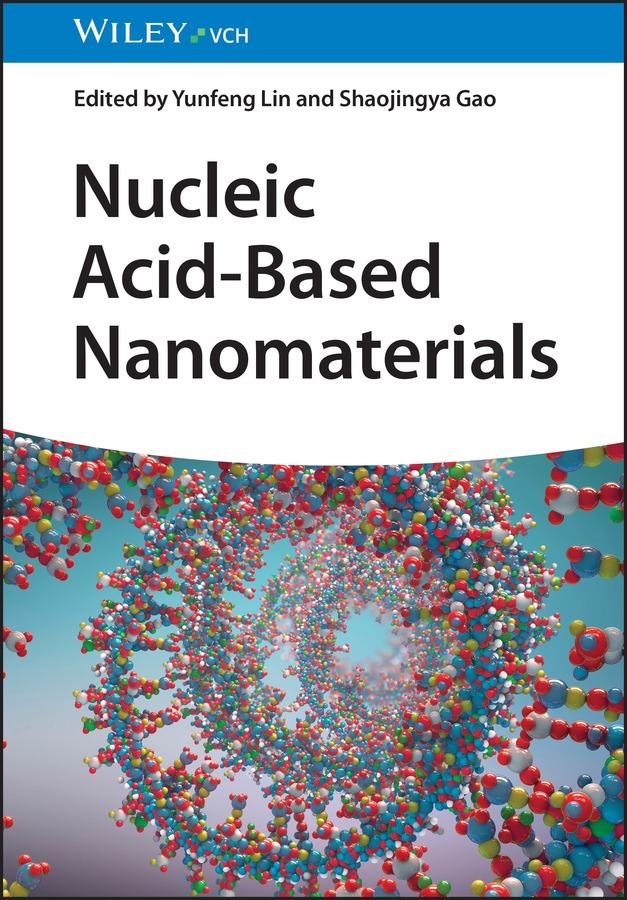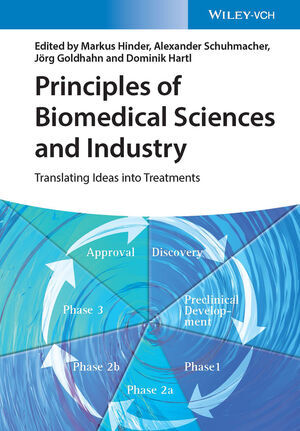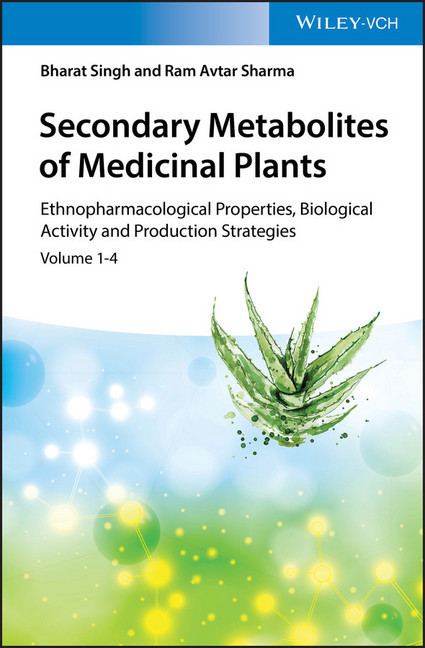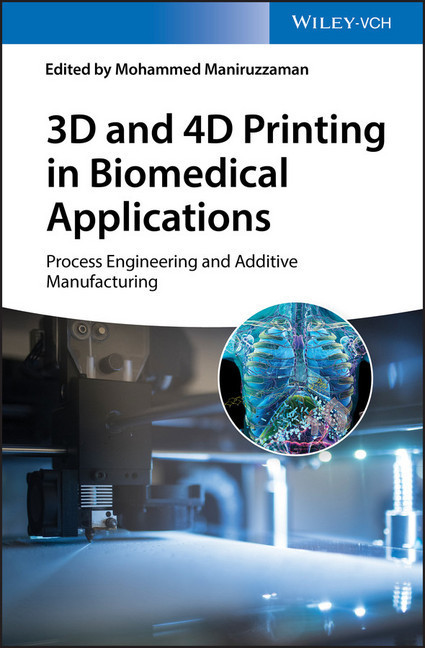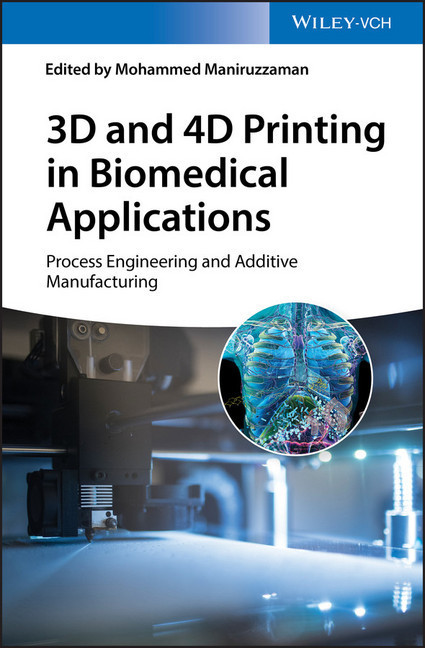Handbook of In Vivo Chemistry in Mice
From Lab to Living System
Provides timely, comprehensive coverage of in vivo chemical reactions within live animals
This handbook summarizes the interdisciplinary expertise of both chemists and biologists performing in vivo chemical reactions within live animals. By comparing and contrasting currently available chemical and biological techniques, it serves not just as a collection of the pioneering work done in animal-based studies, but also as a technical guide to help readers decide which tools are suitable and best for their experimental needs.
The Handbook of In Vivo Chemistry in Mice: From Lab to Living System introduces readers to general information about live animal experiments and detection methods commonly used for these animal models. It focuses on chemistry-based techniques to develop selective in vivo targeting methodologies, as well as strategies for in vivo chemistry and drug release. Topics include: currently available mouse models; biocompatible fluorophores; radionuclides for radiodiagnosis/radiotherapy; live animal imaging techniques such as positron emission tomography (PET) imaging; magnetic resonance imaging (MRI); ultrasound imaging; hybrid imaging; biocompatible chemical reactions; ligand-directed nucleophilic substitution chemistry; biorthogonal prodrug release strategies; and various selective targeting strategies for live animals.
-Completely covers current techniques of in vivo chemistry performed in live animals
-Describes general information about commonly used live animal experiments and detection methods
-Focuses on chemistry-based techniques to develop selective in vivo targeting methodologies, as well as strategies for in vivo chemistry and drug release
-Places emphasis on material properties required for the development of appropriate compounds to be used for imaging and therapeutic purposes in preclinical applications
Handbook of In Vivo Chemistry in Mice: From Lab to Living System will be of great interest to pharmaceutical chemists, life scientists, and organic chemists. It will also appeal to those working in the pharmaceutical and biotechnology industries.
This handbook summarizes the interdisciplinary expertise of both chemists and biologists performing in vivo chemical reactions within live animals. By comparing and contrasting currently available chemical and biological techniques, it serves not just as a collection of the pioneering work done in animal-based studies, but also as a technical guide to help readers decide which tools are suitable and best for their experimental needs.
The Handbook of In Vivo Chemistry in Mice: From Lab to Living System introduces readers to general information about live animal experiments and detection methods commonly used for these animal models. It focuses on chemistry-based techniques to develop selective in vivo targeting methodologies, as well as strategies for in vivo chemistry and drug release. Topics include: currently available mouse models; biocompatible fluorophores; radionuclides for radiodiagnosis/radiotherapy; live animal imaging techniques such as positron emission tomography (PET) imaging; magnetic resonance imaging (MRI); ultrasound imaging; hybrid imaging; biocompatible chemical reactions; ligand-directed nucleophilic substitution chemistry; biorthogonal prodrug release strategies; and various selective targeting strategies for live animals.
-Completely covers current techniques of in vivo chemistry performed in live animals
-Describes general information about commonly used live animal experiments and detection methods
-Focuses on chemistry-based techniques to develop selective in vivo targeting methodologies, as well as strategies for in vivo chemistry and drug release
-Places emphasis on material properties required for the development of appropriate compounds to be used for imaging and therapeutic purposes in preclinical applications
Handbook of In Vivo Chemistry in Mice: From Lab to Living System will be of great interest to pharmaceutical chemists, life scientists, and organic chemists. It will also appeal to those working in the pharmaceutical and biotechnology industries.
Katsunori Tanaka, PhD, is a Chief Scientist at the Biofunctional Synthetic Chemistry Laboratory at RIKEN, Japan, and a Professor of Chemistry at the Alexander Butlerov Institute of Chemistry, Kazan Federal. He received numerous honors and awards for his research work, including the Chemical Society of Japan Lectureship Award (twice), the Eisai Award in Synthetic Organic Chemistry, and the American Chemical Society Division of Carbohydrate Chemistry, Horace S. Isbell Award.
Kenward Vong, PhD, is a Postdoctoral Fellow at RIKEN in Japan.
| ISBN | 9783527344376 |
|---|---|
| Artikelnummer | 9783527344376 |
| Medientyp | E-Book - PDF |
| Copyrightjahr | 2019 |
| Verlag | Wiley-VCH |
| Umfang | 560 Seiten |
| Sprache | Englisch |
| Kopierschutz | Adobe DRM |

